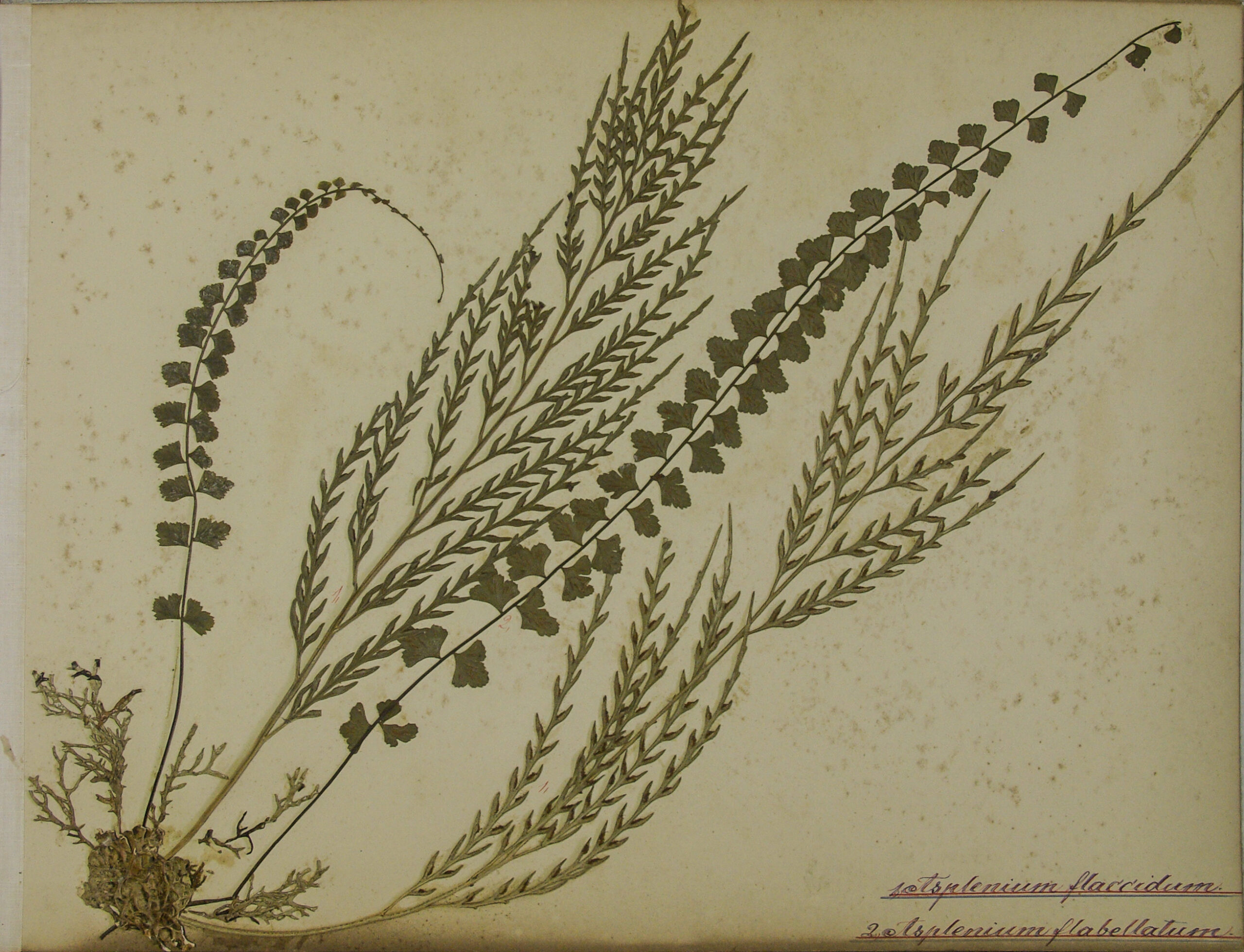November 20, 2023

A page from John Stewart’s album of pressed ferns. The species name Asplenium flaccidum is still current today. The other – written as ‘Asplenium flabellatum’ – is now Asplenium flabellifolium. (Lichen at lower left).
Image credit: Phil Bragg
New research points to a pair of nineteenth-century albums of pressed plants as possibly being created by botanist Wilhelm Bäuerlen. Are there others out there?
The real story is different, I thought. I was reading a label in the Berry Museum, on the New South Wales South Coast, interpreting an album of pressed ferns in a glass display case. The album was dated August 1886 and, as I saw from the accompanying photos, extraordinary – expertly prepared, with an eye to design, and each species scientifically named. The making of it, and of a matching album of flowering plants, was attributed to the owner and inscriber John Stewart (1845–1932), described on the label as an amateur botanist.
As an independent researcher and writer with a science and museum-sector background, the two albums grabbed my attention. What exactly was I looking at? So began wide research that points to the fascinating botanist Wilhelm Bäuerlen as the maker of both albums and to the possibility of more like them existing.
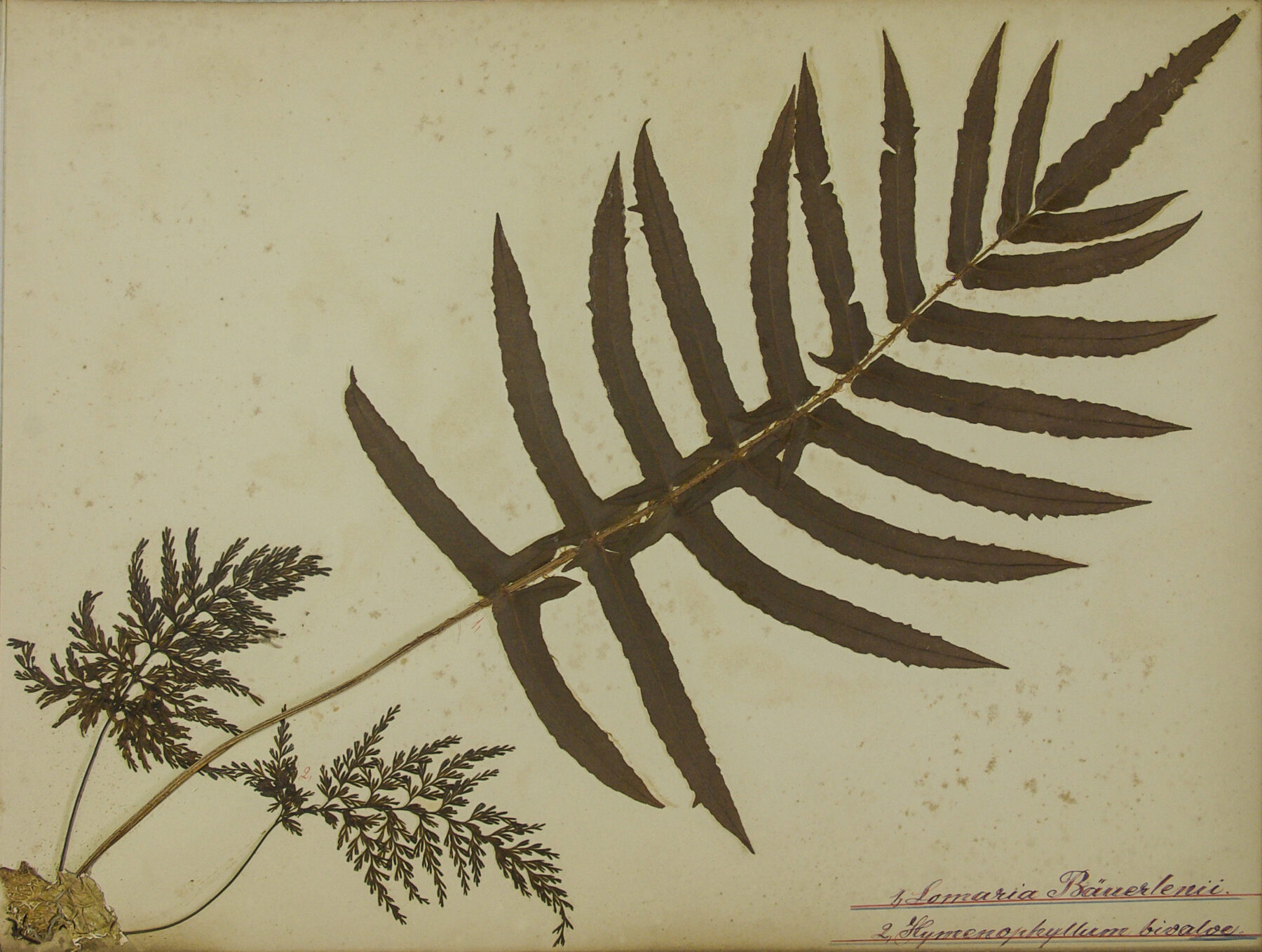
A dig into Australian botanical history via the Australasian Virtual Herbarium (AVH) turned up the detail that in the 1880s botanist Wilhelm Bäuerlen had collected every recorded specimen in a 5km radius circle around Berry, Stewart’s hometown, then named Broughton Creek. The last specimens were dated June and July 1886, intriguingly close to Stewart’s inscription. Then, a hunt through newspapers of the time on TROVE revealed high praise for albums of pressed ferns that Bäuerlen had created for sale.
My search for a copy of Bäuerlen’s fern albums across a wide range of Australian collecting institutions and historical societies was to no avail, except to confirm them as a rare piece of Australian botanical history, and for an invaluable recommendation from Tamara Hynd, curator of the Shellharbour City Museum, to contact local botanist Dr Kevin Mills.
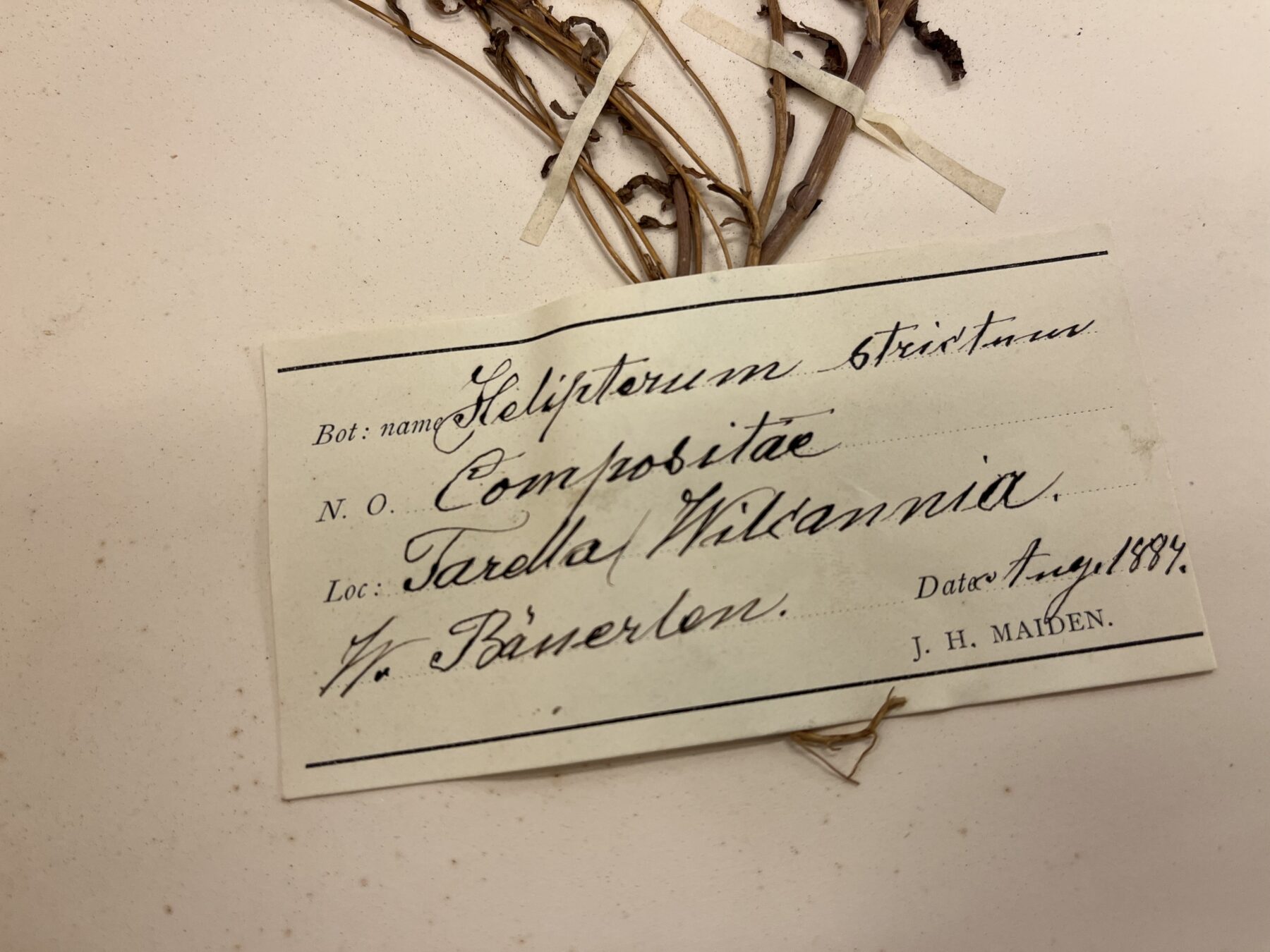
My joint research with Kevin began. His determinations about the specimens and scientific naming in the two mystery albums fast-tracked my plans to examine material written by Bäuerlen that is held at the Royal Botanic Gardens and the Powerhouse Museum, both in Sydney. Further evidence became apparent, including the strong resemblance between Bäuerlen’s handwriting and that of the scientific naming in the albums. Distinctive decorative flourishes on the capital letters are especially telling. Meanwhile, the handwriting of Stewart, as seen in his inscription, is vastly different.
So, yes – handwriting and other observable features of the albums point compellingly to Stewart’s albums as being made by Bäuerlen. That includes the near-perfect level of success with naming species, by the names in use at the time. Details of the history of Australian botany, Stewart, Bäuerlen and the Shoalhaven region are also indicative.
But of course, like every classic mystery, a piece of evidence is missing – the signature or initials of Bäuerlen on the albums.
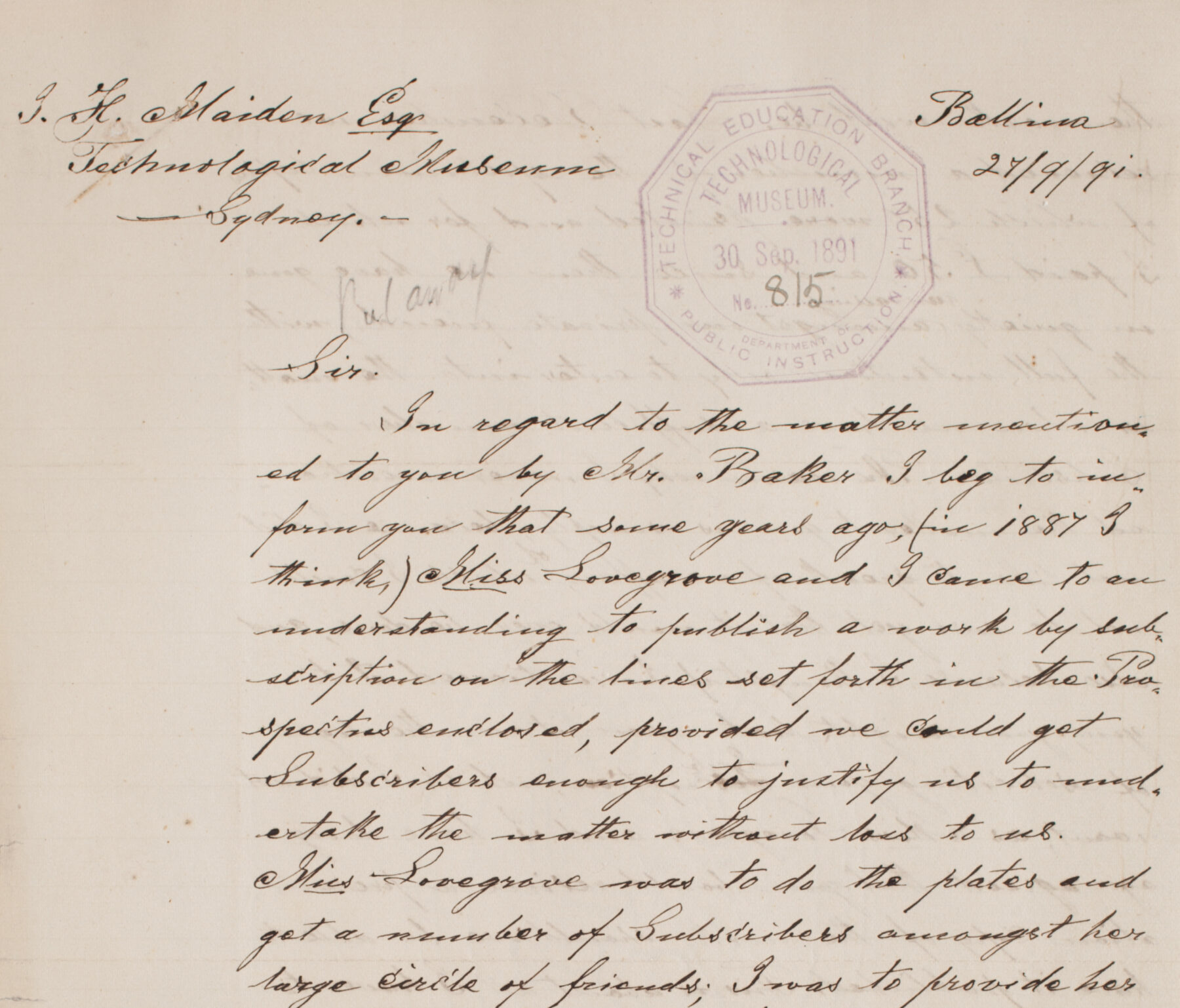
A tale of two botanists
Dr Kevin Mills and Wilhelm Bäuerlen (1840-1917) are linked across time by their extensive botanical knowledge of some of the same Australian geography, and an affinity for NSW South Coast ferns. Kevin is an Illawarra-based botanist and ecologist who has recently launched his latest book, South Coast Ferns: A complete guide to the ferns and fern allies of the NSW South Coast.
The research topic for Kevin’s PhD was the rainforest flora of the Illawarra, and over a career exploring rainforests and other habitats, Kevin has often consulted Bäuerlen’s specimens. That’s to be expected – Bäuerlen still counts as one of Australia’s most prolific botanical collectors.
Wilhelm Bäuerlen – anglicised as William Baeuerlen and spelt variously – was a German-born scientist, based in the Shoalhaven region of NSW for a time in the 1880s. By 1883, he had arrived there and been contracted to collect specimens for the Government Botanist of Victoria, Baron Ferdinand von Mueller. In mid-1886, Bäuerlen was also contracted to collect for Joseph Maiden at the Technological Museum, Sydney, now the Powerhouse Museum, where he later became an assistant curator.
Bäuerlen was also the botanical collector on the Geographical Society of Australasia’s 1885 expedition to Papua New Guinea. In April 1886, at Nowra, Bäuerlen delivered a well-received lecture – later published – on the PNG expedition to The Shoalhaven Agricultural Society. While he was Shoalhaven-based, he was occupied by botanical collecting, delivering lectures, and selling his albums of pressed ferns.
Wanted: Bäuerlen’s albums
Several copies of Bäuerlen’s fern albums may exist, and his authorship of them may not be obvious. Some may be held privately. But what does a Bäuerlen fern album look like? An 1883 description from The Shoalhaven Telegraph is reproduced here:
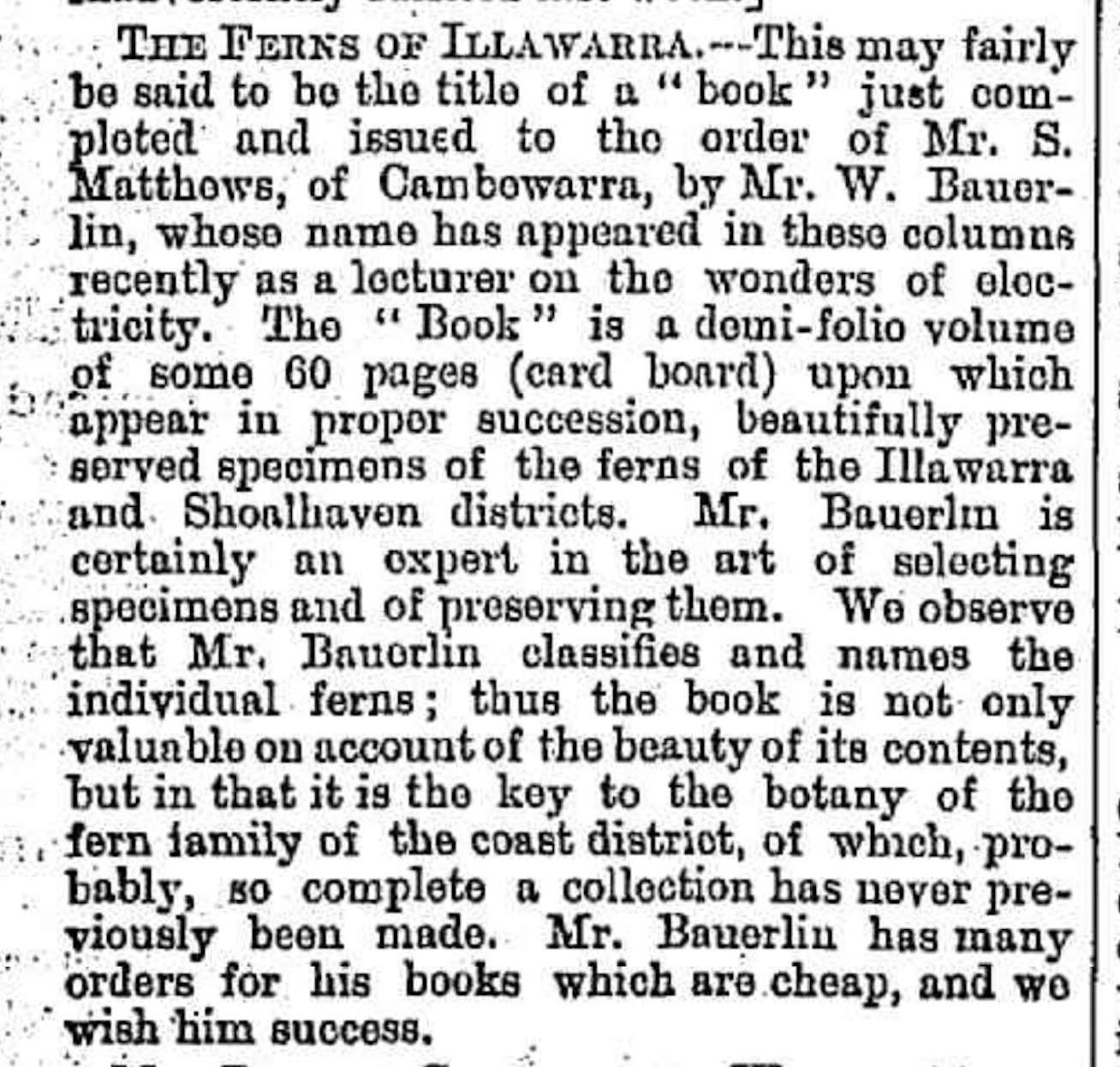
And in the fern album labelled at the Museum as having being created by John Stewart, there is a decorative frontispiece made with fern pinnules and borders of red and blue ink.
This frontispiece is followed by 31 pages of ferns. There are fronds from one to four species per page, with the cut ends of the fronds typically tidied beneath a rounded clump of pressed moss, lichen or both. The compositions are decorative and instructive, showing a breadth of botanical features. For instance, species are frequently presented as a frond pair, one fertile, one infertile, side by side for comparison. Scientific names for each species, with associated numbering, are handwritten in red and blue ink.
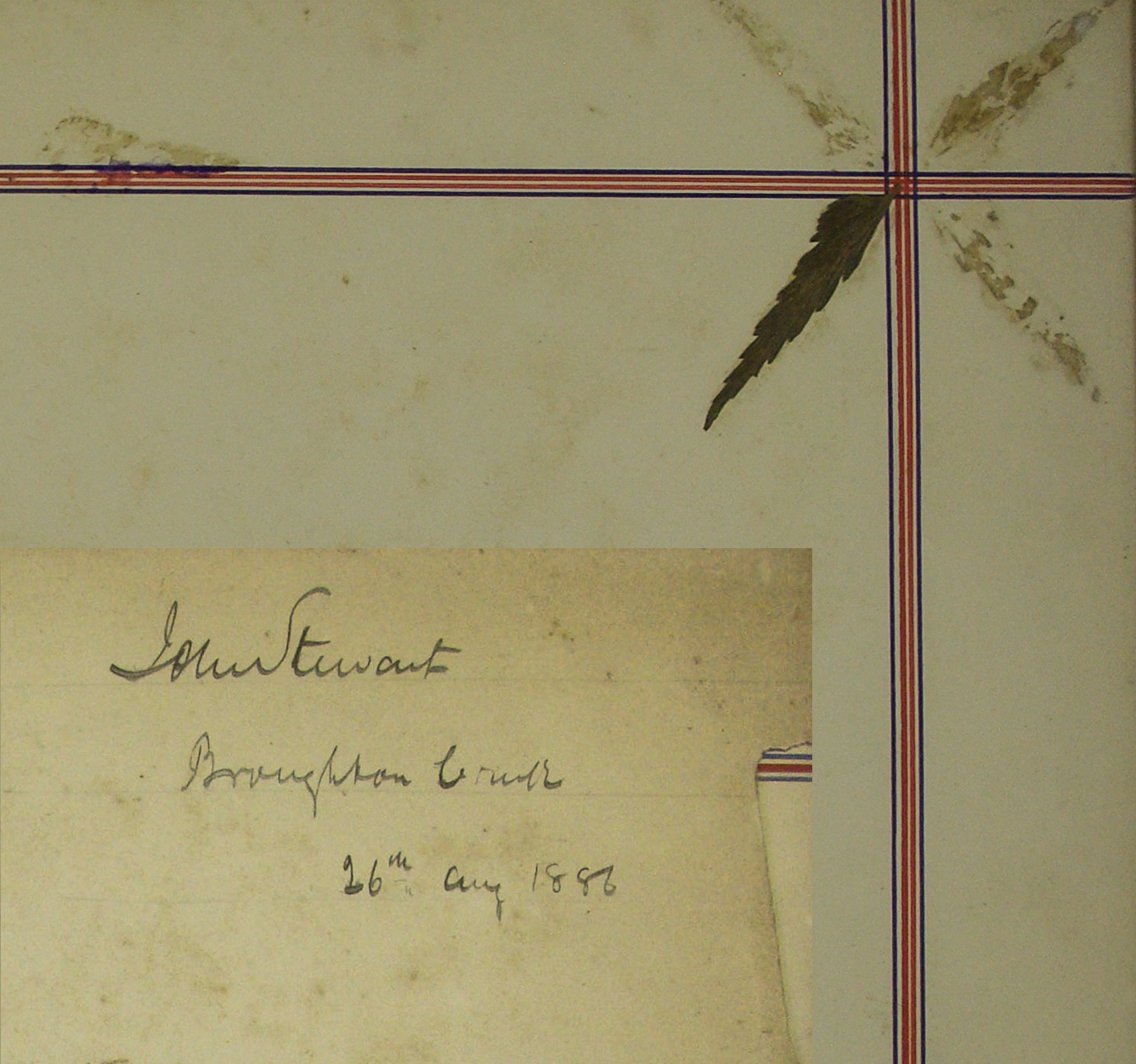
Do you have an album match?
If there is a strong similarity between the Stewart albums and a historic album that you possess or have seen somewhere – your gran’s garage, an op shop, a regional museum – add to this story of rediscovery. Contact us.
Comparing newspaper accounts shows some difference between copies in the number of pages and the number of represented species, meaning that Bäuerlen may have purchased different kinds of blank albums over time.
Still, the blanks used for the Stewart albums merit description; they have green and black leather covers, and a black spine with gold stripes. Inside at the back, a small sticker names the manufacturer – M.W.&CO London. The fern album dimensions are 28cm in height x 37cm in width – making it wider than it is tall. The other album is the opposite.
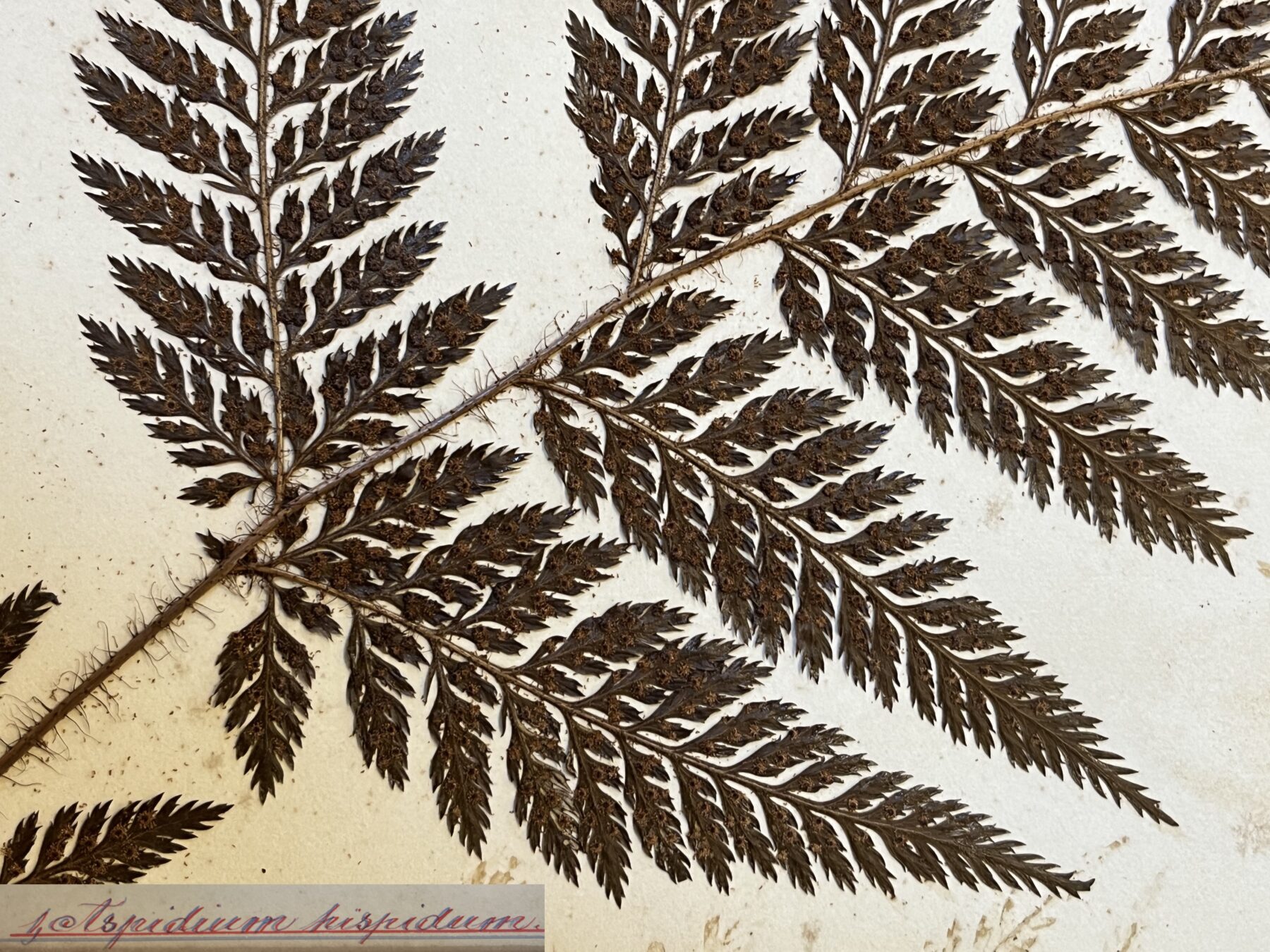
As Bäuerlen was renowned for fern albums, most other surviving albums would probably contain ferns. But contact us if you own or see one that looks similar to those featured here, whatever the plant type. Stewart’s album of flowering plants may or may not have been a ‘one of a kind’ made by Bäuerlen for Stewart, the then new president of the Broughton Creek Horticultural and Agricultural Society.
Such mysteries may well be resolved if other albums by Bäuerlen could be located and studied. If only Dr Mills and I could meet with him across time, there’d be plenty to discuss. Would we be able to tell him that some of his albums were rediscovered with the help of Australian Geographic?
To send news of any possible historic Bäuerlen albums, please email [email protected]
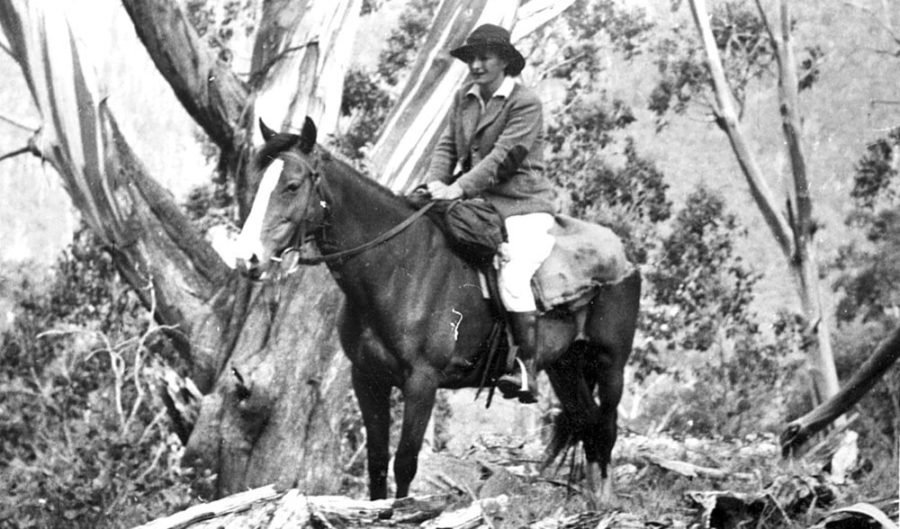 Related: 17 incredible Australian women in botany
Related: 17 incredible Australian women in botany

